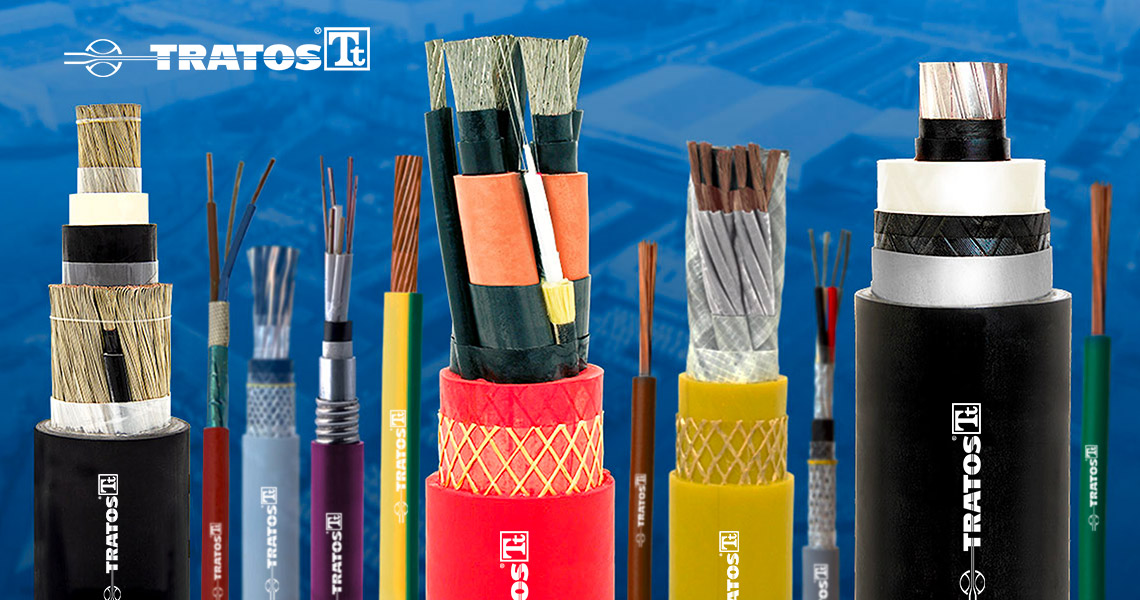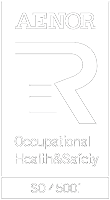
DEF STAN 02-527
Defence standard 02-527 (previously NES 527) requirements for cables electric, fire survival, high-temperature zones and limited fire hazard sheathed.
The cables in this Standard are typically used for Fire survival and in High-temperature zones for power, lighting, control circuits in Her Majesty’s surface ships and submarines. They are designed for installation where the cable is required to retain circuit integrity in the event of fire, for emergency lighting, alarm, shutdown systems and used in high-temperature zone fixed applications, they are suitable for use where fuel, lubricating oils, hydraulic fluids and water are present.
DEF STAN 02-527 fire survival cables incorporate silicone insulation, glass fibre braid and lacquered LFH (Limited Fire Hazard) or silicone impregnated glass fibre taped cores covered with a Limited Fire Hazard (LFH) Elastomeric Sheath. They produce limited levels of noxious fumes, smoke and corrosive products in the event of a fire and demonstrate fire survival capabilities in defined fire situations when assessed by the methods of test contained in the standard. In the event of a fire after combustion, a residue of pure silica is produced contained within the glass fibre braid and this allows the cables to continue to function for a limited period of time.
DEF 02-527 cables are also designed to be installed and used in high-temperature zones in Ministry of Defence (MOD) Naval Vessels.
The voltage rating of the cables is as specified in the Tables of Dimensions contained in Annex C of the Standard and where the frequency of supply is up to and including 400Hz.
These extruded silicone insulated, glass fibre braid and lacquered or silicone impregnated glass fibre taped cables are suitable for continued use within the temperature range -30°C to +105°C. The lower temperature limit refers to weatherdeck applications under ‘arctic’ conditions and the maximum continuous conductor temperature to the combination of ambient temperature and temperature rise due to maximum current flow. The maximum continuous conductor temperature is to be 105°C. The insulation and sheathing materials are expected to have a service life exceeding 40,000 hours with the conductor operating at its maximum continuous temperature before deterioration, as a direct result of thermal ageing, requires cable replacement.
These cables are constructed to be compact and circular and are designed to withstand the conditions of revving, temporary support and glanding into equipment and through bulkheads, that are accepted practices in the shipbuilding (surface vessels and submarines) and ship fitting industry.
Each individual cable has a unique NATO Stock Number, or National Stock Number (NSN) as it is known in the United States of America (USA). The Nato Stock Number (NSN), nominal conductor area, nominal stranding and the conductor formations for these types of cables are detailed in DEF STAN 02-527, table C1.
Products
TRATOS-MOD 02-527® – Single and Multipair Core Silicone Insulated
TRATOS-MOD 02-527® – Multi Core Individually Screened
TRATOS-MOD 02-527® – Multi Pair Individually Screened
TRATOS-MOD 02-527® – Multi Core Collectively Screened Silicone Insulated
TRATOS-MOD 02-527® – Miniature Multi Core Silicone Insulated
Contact us
Please, don’t hesitate to contact us for additional information on our company or our products.









